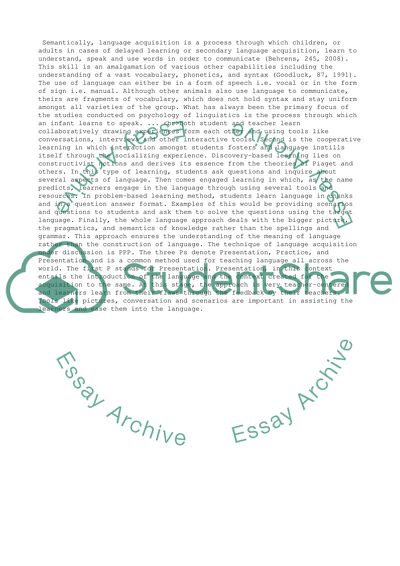Cite this document
(“The PPP (Presentation,Practice and Production) approach to language Essay”, n.d.)
Retrieved from https://studentshare.org/management/1427216-the-ppppresentationpractice-and-productionapproach
Retrieved from https://studentshare.org/management/1427216-the-ppppresentationpractice-and-productionapproach
(The PPP (Presentation,Practice and Production) Approach to Language Essay)
https://studentshare.org/management/1427216-the-ppppresentationpractice-and-productionapproach.
https://studentshare.org/management/1427216-the-ppppresentationpractice-and-productionapproach.
“The PPP (Presentation,Practice and Production) Approach to Language Essay”, n.d. https://studentshare.org/management/1427216-the-ppppresentationpractice-and-productionapproach.


